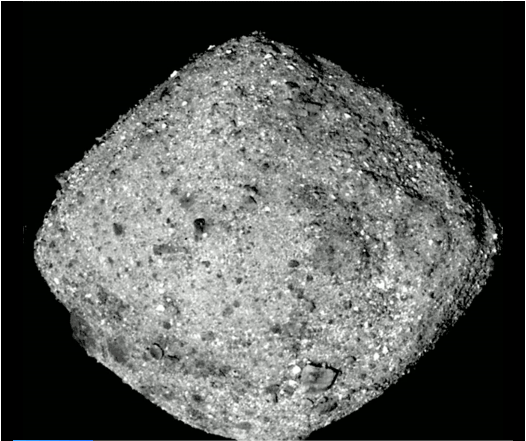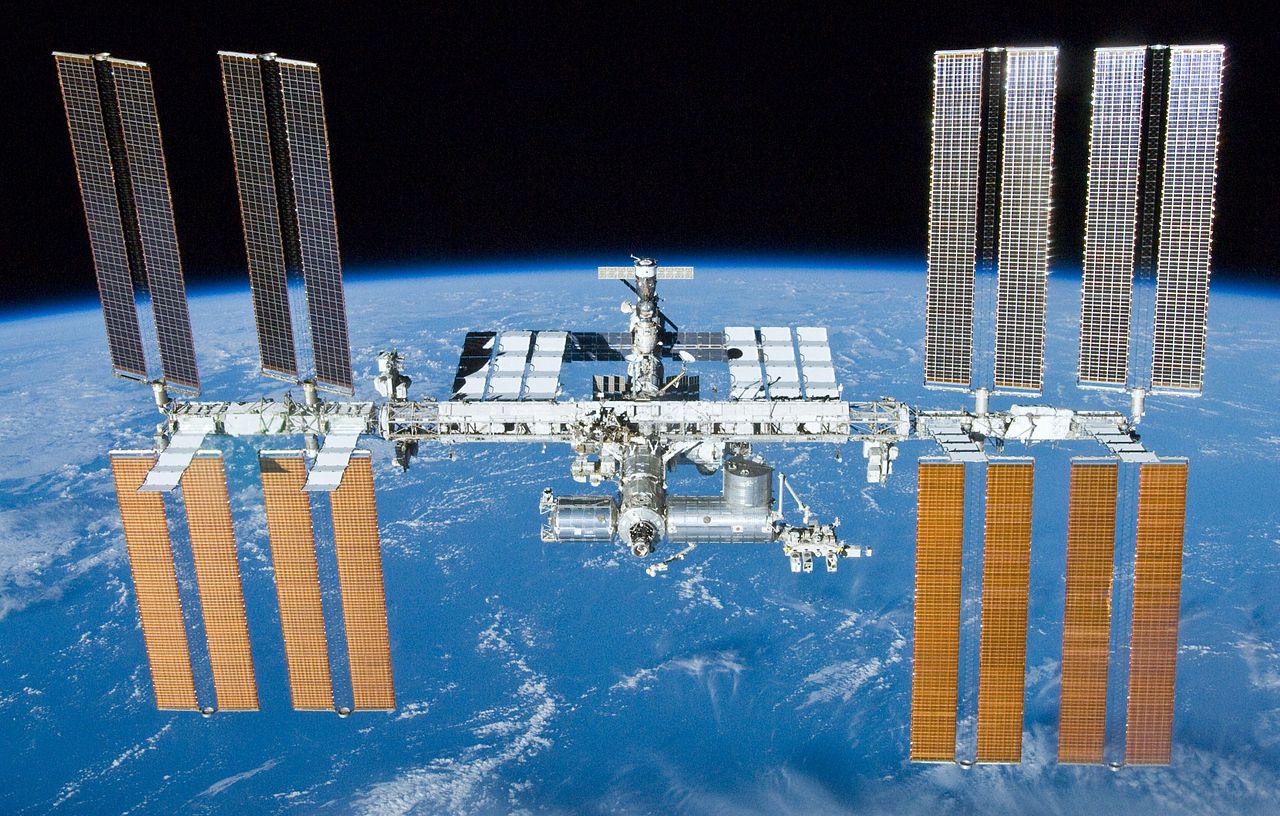The rate at which Greenland is losing its ice is accelerating. This unsurprising conclusion comes from a new study based on 25 years of satellite data from the European Space Agency. The new study was published in Earth and Planetary Science Letters.
Continue reading “Ice loss in Greenland is Accelerating”
Ice loss in Greenland is Accelerating










